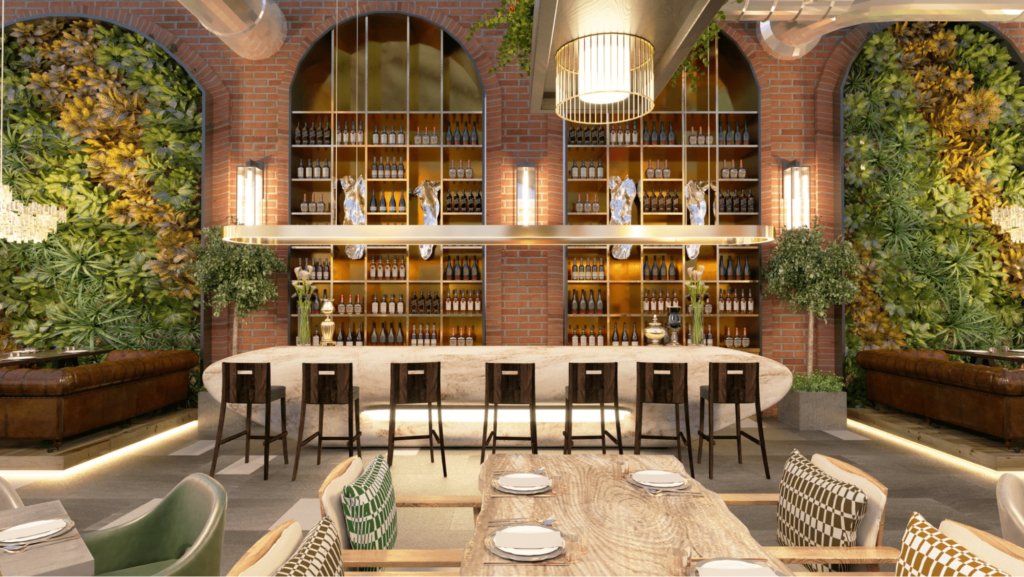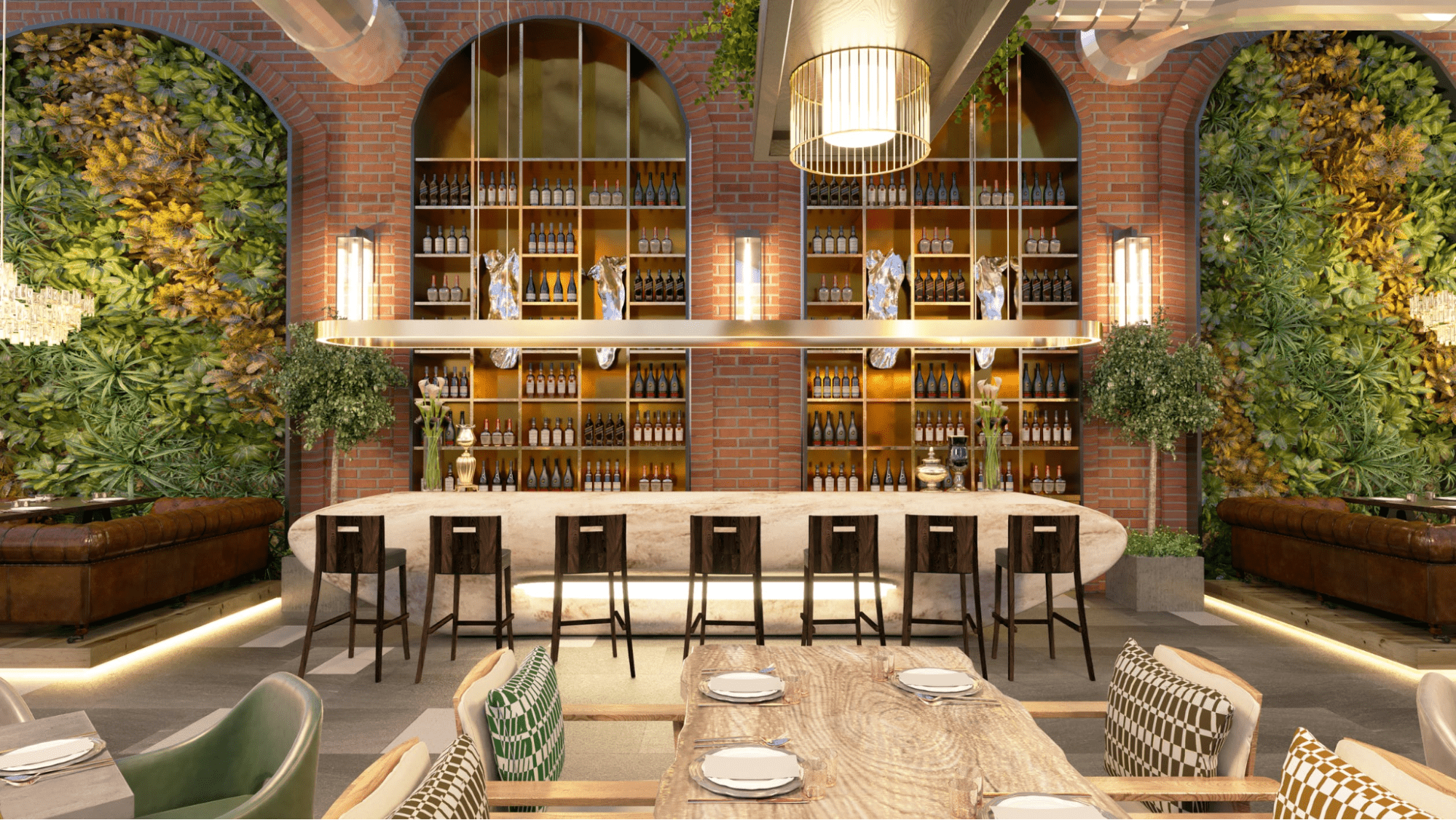
How Important Is Your Layout
Food, vendors, access to quality ingredients, staff — there are so many aspects to a restaurant that it can be easy to overlook a pivotal and foundational aspect: your layout.
No matter which way you go about it, there’s no ignoring the fact that your restaurant floor plan is important to your dining establishment’s success.
Your layout determines how many customers you can accommodate, how much space you’ll need for kitchen equipment and storage, and how employees will move within your space.
The layout of your restaurant also impacts your customer experience. If you don’t have enough room, people may feel cramped and uncomfortable. If your tables are too close together, diners may not be able to converse with each other properly. You may even be risking accidents as people try to maneuver inside.
In this article, we discuss what a restaurant floor plan is and the key factors you should keep an eye on.
What Is a Restaurant Floor Plan Layout?
A restaurant floor plan layout maps out how you’ve chosen to use your space. It includes physical elements like your dining area, kitchen, storage, bathrooms, and waiting area. Your layout shows how these different functional areas fit together.
What Makes a Good Restaurant Floor Plan Layout?
A good restaurant floor plan has the following characteristics:
1. Easy To Navigate
A good floor plan allows easy movement between different areas. Customers can conveniently access the dining hall, wait staff can move between the kitchen and dining area without any problems, etc.
Ideally, employees, customers, suppliers, and other groups of people should be able to find the areas they need with little effort and should be able to move around them easily.
2. Adequately Sized
How many people are you hoping to seat during peak hours and how much space have you allocated for them?
Though this seems like a no-brainer, it must be said nonetheless because it’s really important. A crowded seating or work area is unpleasant and may even be unsafe. Even if you have the best food in the city, people won’t come back if they have to dine on tables that are too small or seats that are too close together. Employees will also be more prone to mistakes and accidents if they don’t have sufficient space to work.
On the other hand, an area that’s too large isn’t just wasted space but it’s also inefficient for your operations. Employees and customers may have to walk unnecessary distances just to reach certain areas in your restaurant. It can also make unoccupied areas feel abandoned and empty.
A properly sized floor plan should have just enough space for your seating capacity. It should also be flexible enough to accommodate changes in customer traffic during the day and during different business seasons. You should be able to go from peak hours to off-peak hours without having to extensively move around physical structures like furniture.
3. Compliant with State Regulations
Last but certainly not least, your restaurant layout should comply with local regulations. It should take into account fire, food, and physical safety. There should also be provisions for accessibility and other relevant aspects.
This doesn’t just mean that you get to keep your business license. It also means that you’re a law-abiding citizen who cares about providing a safe and non-hazardous environment for people to work and eat in.
The Takeaway
While it’s true that you can make a restaurant floor plan on your own, it’s always a good idea to hire professionals to help you out. Floor plans aren’t just about aesthetics; they’re also about logistics. You want to make sure that everything is in the right place, so customers don’t have to walk through the kitchen to get their food.
A good restaurant floor plan will make your business more efficient and more profitable.





